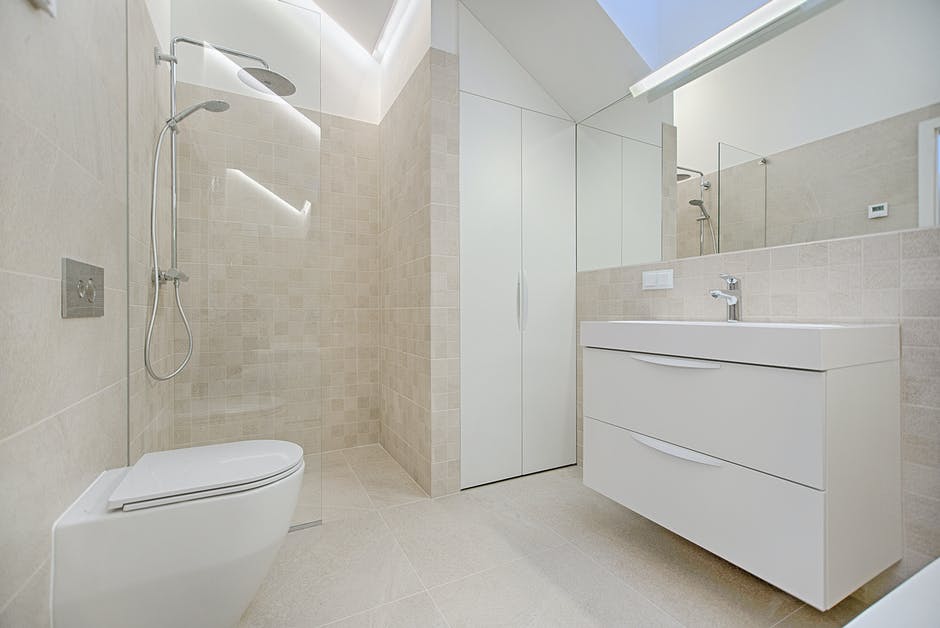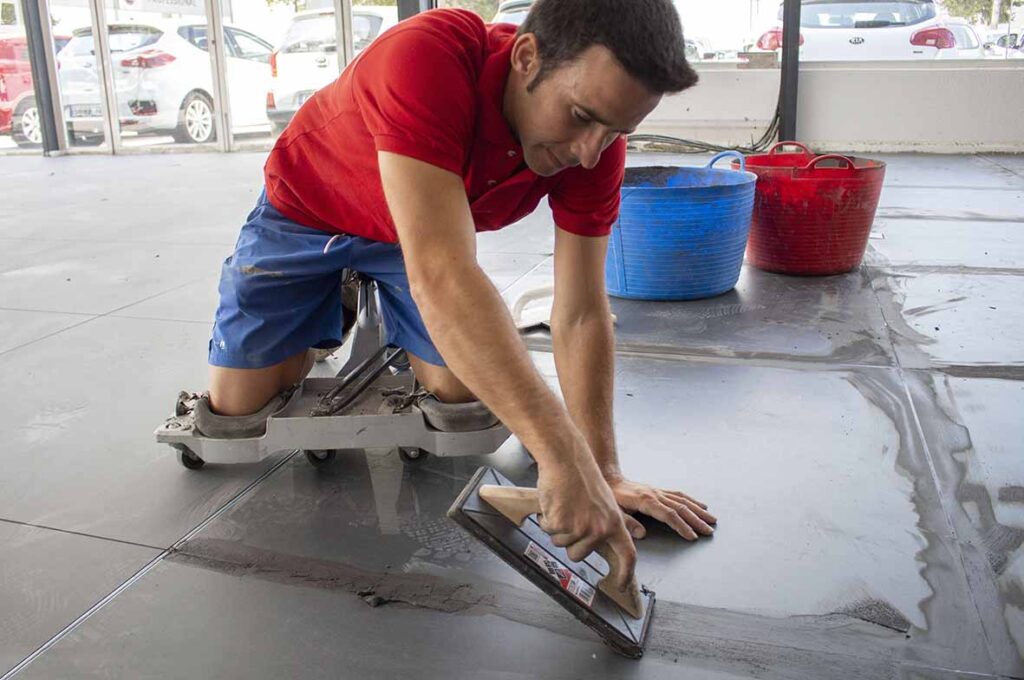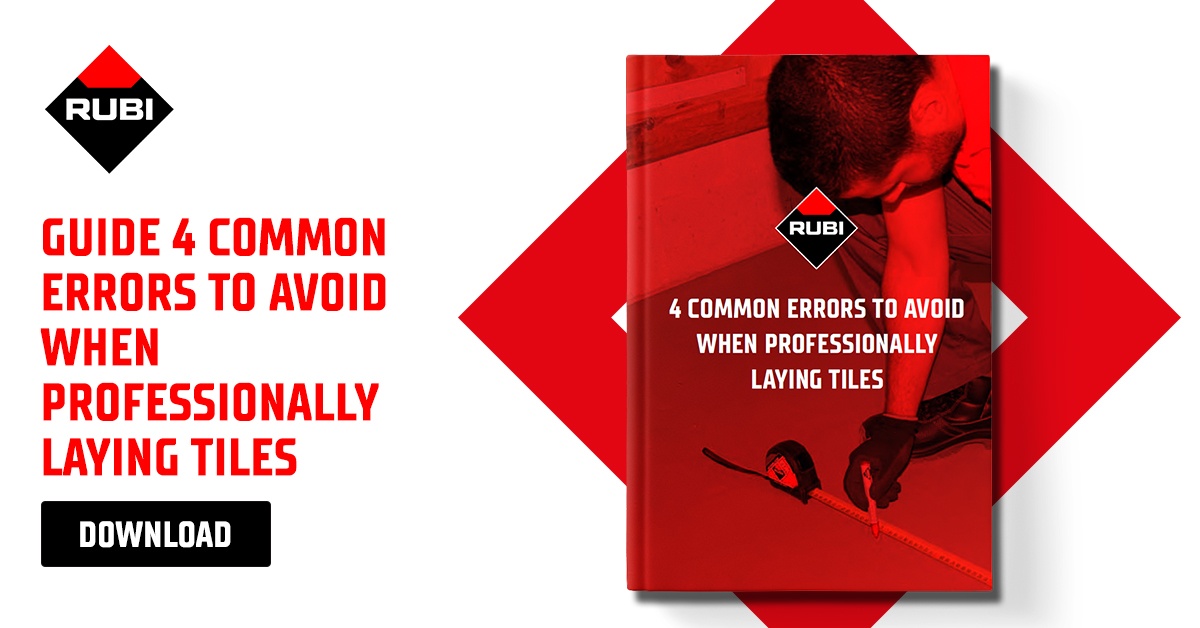Tiling your shower isn’t rocket science. But knowing how to tile a shower floor without a pan? That’s a game-changer. With the right steps, materials, and dedication, this is a DIY tile installation that can bring remarkable transformation to your bathroom. Ready to take on the challenge and unlock a new skill? Let’s get into the nitty-gritty of shower tile mastery.


Tools and Materials Required
Stepping into the world of tiling, particularly when focusing on a tile floor, requires the right tools and materials. It’s a bit like cooking a gourmet dish – you need the right ingredients in the right amounts, and the best utensils to bring it all together.
First, you’ll want to get your hands on the following tools:
- A notched trowel – This helps in spreading thin-set mortar smoothly
- Tile spacers – Essential for maintaining uniform gaps between tiles which will later be filled with grout
- Tile cutter or tile saw – Depending on the size and type of tiles you’re using, this tool will help in making precise cuts
- A rubber mallet – Used for setting tiles firmly into place
- Sponge and buckets – Useful for cleaning excess mortar or grout during the process
As for materials, there are a few basics you shouldn’t be without:
- Tiles – Make sure to get extra in case of mistakes or future repairs
- Thin-set mortar – This binds your tiles to the floor
- Grout – This fills the spaces between your tiles, giving a finished look
- Waterproofing membrane – Especially crucial for a shower, as it prevents water from seeping under the tiles
- Grout sealer – This keeps your grout waterproof and looking fresh
Step 1: Prepare the Shower Floor
Preparation isn’t just a step; it’s the cornerstone of a successful tiling project. So, if you want to learn how to tile a shower floor without a pan, starting off with a well-prepared shower floor is key.
Begin by ensuring that your shower floor is clean and free from any debris, dirt, or old adhesive that might be lingering from previous tiles or installations. This might mean a bit of elbow grease, but the smoother and cleaner your floor, the easier the tiling process will be.
Next, check the floor’s level. For tiles to lay flat and drain water properly, your shower floor needs to be as level as possible. If there are noticeable dips or rises, you might need to apply a self-leveling compound or consider sanding down high spots.
Water always finds the path of least resistance. A level floor helps guide it towards the drain and away from areas where it could cause damage or mold growth.
Once the floor is level, it’s time to apply the waterproofing membrane. Think of this as a protective barrier that stops water from sneaking beneath your tiles and causing havoc.
Lay the membrane down according to the manufacturer’s instructions and make sure it covers the entire floor and reaches a few inches up the walls of the shower. Ensure all seams and edges are sealed tight. This is your shower’s shield against moisture, so take your time and ensure it’s done right.
Step 2: Mark Your Layout
When it comes to tiling a shower, getting your layout right is half the battle. Imagine putting together a puzzle. You’d want to know where each piece goes before you start, right? The same principle applies here.
First, find the center of your shower floor. You can do this by measuring the length and width of the shower and then marking the halfway points of each. Where these two lines intersect is your central point.
Some people like to snap chalk lines to create visible guides. It helps keep the tile placement straight and uniform.
Starting from the center, lay out your tiles dry (meaning without any adhesive). This is your chance to play around with the layout, see how tiles fit, and make any necessary adjustments.
If you find that you’ll have very narrow tiles on one side, you may want to shift your starting point a bit. This ensures you don’t have small tile slivers which can be tricky to cut and may not look as appealing.
Remember to leave space for grout. Tile spacers can be a huge help here. They ensure even gaps between each tile.
Step 3: Mix and Apply the Thinset
Now, with your layout marked and ready, it’s time to get down to the heart of the process. The thinset is like the glue holding your tiles in place. But mixing and applying it is an art in itself.
Start by reading the manufacturer’s instructions on the thinset bag. This will tell you the right amount of water to add. Pour the water into a bucket first, then slowly add the thinset powder while stirring.
It’s a bit like making pancake batter. You want a consistency that’s smooth but holds its shape, not too runny but not too thick. A good mix will be creamy and lump-free.
Once you’re happy with the consistency, let it sit for about 10 minutes. This time lets the chemicals in the mix do their magic.
Using your notched trowel, scoop up some thinset. Spread it on the shower floor, starting from the center where your layout marks are.
The notched side of the trowel helps create ridges in the thinset. These ridges ensure an even thickness when you press down your tiles.
When spreading, hold the trowel at a 45-degree angle. This technique ensures you’re applying the right amount of thinset. Remember, you don’t want it too thick, but you also don’t want gaps where the tile doesn’t have enough adhesive beneath.

Step 4: Lay Down the Tiles
With your thinset perfectly spread, it’s now time to place your tiles. Remember the layout you decided on earlier? It’s time to bring it to life.
Begin from the center, where you made your layout marks, and work your way outwards. This approach helps maintain symmetry and ensures the tiles on the edges are of equal size.
Gently press each tile into the thinset. Some like to give it a little wiggle to make sure it grips the adhesive beneath.
Using tile spacers ensures that you maintain uniform gaps between each tile. These gaps will be crucial when it’s time to grout.
If a tile needs cutting, and this is where the role of a professional tile installer often comes into play, use your tile cutter or tile saw. The goal is to make precise and clean cuts. After placing each tile, use a level to ensure it’s flat and even with its neighbors.
Step 5: Grouting the Tiles
Once all your tiles are down and have had enough time to set (usually a day), you’re ready to grout.
First, pick the right color of grout that complements your tiles. Then, mix the grout as per the manufacturer’s instructions. It should be smooth without being too watery.
Start applying the grout with a rubber float, pushing it into the spaces between the tiles. Use the float at a 45-degree angle to press and slide the grout firmly into the gaps.
As you move along, you’ll notice excess grout on the tiles. Don’t let it dry this way! With a damp sponge, gently wipe away the excess and ensure you don’t pull grout out of the tile gaps.
After you finish grouting, give it time to set. The grout will slightly change in color as it dries.

Step 6: Sealing and Finishing Touches
To ensure longevity and to prevent any water damage, it’s crucial to seal those grout lines.
Grout, by its nature, is porous. This means water can seep through if it’s not sealed. And in a place like a shower, where water is ever-present, sealing is a must.
Buy a good quality grout sealer, and apply it following the manufacturer’s guidelines. This will create a waterproof barrier to ensure your shower remains damage-free for years.
Apart from sealing, your finishing touches might include cleaning any leftover adhesive from the surface of the tiles, checking for any uneven tiles, or ensuring the overall look is as you envisioned.
How to Tile a Shower Floor Without a Pan: Troubleshooting Common Issues
A common issue some encounter is tiles not sticking properly. This could be due to an uneven layer of thinset or not pressing the tile firmly enough. If tiles begin to wobble or shift, it’s essential to address it promptly, or you might need to re-tile shower sections.
Another frequent hiccup is grout cracking shortly after application. This often results from mixing the grout with too much water or not allowing adequate drying time.
Uneven tiles, where some are higher or lower than others, can be a tripping hazard and might stem from an improperly leveled floor.
Trusted Tools for a Flawless Finish
For DIY enthusiasts and professional tile installers alike, a well-executed project makes all the difference. When it comes to how to tile a shower floor without a pan, having the right tools is paramount.
RUBI offers an advanced, ergonomic, and sustainable range of tools, crafted with precision from decades of experience. Ready to lift your tiling game? Explore RUBI’s specialized tools for perfect finishes and see your work shine.


Post a comment